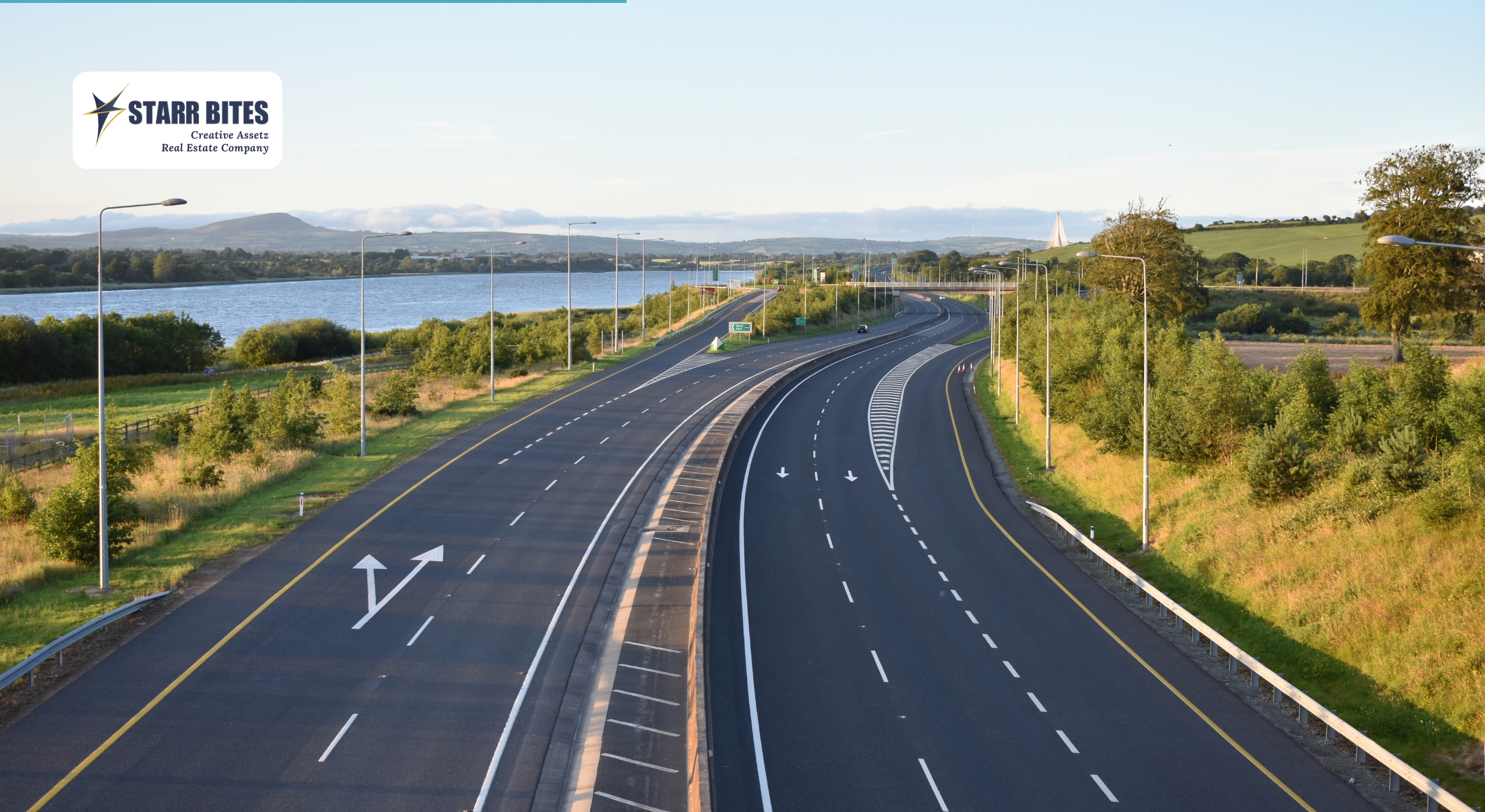STRR Bangalore: The Game-Changer for Real Estate and Infrastructure Growth

Table of Contents
The Satellite Town Ring Road (STRR) is not just another infrastructure project—it’s a visionary development that’s set to redefine the urban landscape of Bangalore and its surrounding regions. Spanning 288 kilometers, STRR is designed to decongest the city, enhance regional connectivity, and fuel economic growth across Karnataka and parts of Tamil Nadu.
What is STRR?
STRR—also referred to as the Peripheral Ring Road—is a massive expressway project that will connect 12 satellite towns around Bangalore, including Devanahalli, Doddaballapur, Hoskote, Attibele, Kanakapura, Ramanagara, and Magadi. Out of its total length, 243 km lies in Karnataka and 45 km in Tamil Nadu. The project is being executed under the Bharatmala Pariyojana and follows a Hybrid Annuity Model (HAM) of development.
Key Features of STRR
Total Length: 288 km
Design Speed: 100 km/hr for smooth and fast travel
Road Width: 60 to 70 meters with 4 to 6 lanes
Project Cost: ₹17,000 Crore (₹6,000 Cr for land acquisition + ₹11,000 Cr for construction)
Connected Highways: 8 State Highways and 6 National Highways including NH 44, NH 48, and NH 75
Foundation Laid: June 2022
Target Completion: March 2025 (ahead of schedule)
Why STRR Matters
1. Traffic Decongestion
Bangalore’s inner roads and the Outer Ring Road (ORR) are often choked with traffic. STRR provides a much-needed alternative for freight and long-distance vehicles, drastically reducing congestion within city limits.
2. Enhanced Regional Connectivity
The road will connect satellite towns to Bangalore’s metro area, allowing smoother commuting and logistics. This improves access to economic hubs like Kempegowda International Airport, KIADB Industrial Parks, and the proposed Multi-Modal Logistics Park.
3. Boost to Real Estate
Areas along the STRR corridor, especially in North Bangalore, are witnessing a real estate boom. Residential plots, gated villa communities, and township projects are thriving due to better accessibility and rising demand.
4. Industrial & Commercial Growth
STRR is a lifeline for industries. It links major industrial belts and upcoming SEZs, such as those near Bagalur, Hoskote, and Devanahalli, attracting corporate investment and creating employment opportunities.
5. Improved Quality of Life
Reduced travel time, less traffic, and better connectivity will contribute to a cleaner, more livable Bangalore. Residents will enjoy more free time, less pollution, and better access to work and leisure.
The Future Outlook
The STRR isn’t just a ring road—it’s a strategic growth corridor. As Bangalore continues to expand, STRR will play a pivotal role in shaping the city’s future. It’s expected to become the backbone of the next wave of residential and commercial development.
Investors, developers, and homebuyers looking to capitalise on future-ready locations are already exploring land parcels near STRR hotspots—especially in Devanahalli, Bagalur, and IVC Road.
Final Thoughts
With its scale, connectivity, and economic impact, STRR is set to transform Bangalore into a more accessible, efficient, and sustainable metro. It’s a rare infrastructure project that benefits everyone—commuters, industries, governments, and real estate stakeholders.
Now is the time to position yourself near the future. Because when infrastructure leads, growth follows.
Mr. Sunil
Phone/WhatsApp: +91 96322 13131
Email: info@starrbites.com
